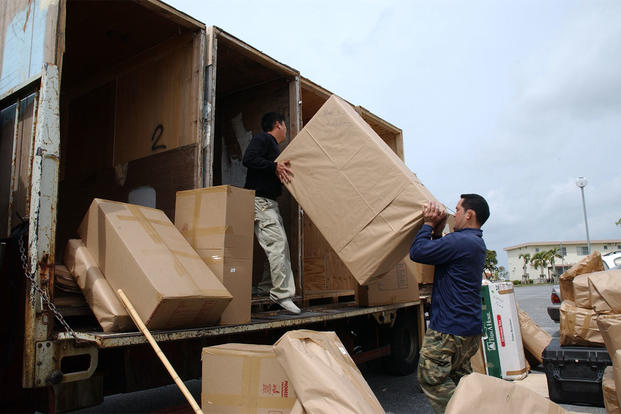Fewer troops will receive a cost-of-living-adjustment (COLA) payment stateside in 2019, as 45 areas drop from the COLA list, the Defense Department announced Thursday.
COLA is paid to troops who live in areas determined by a survey to have higher than average cost-of-living expenses. A taxable supplemental allowance, it is calculated for military housing areas as well as non-metropolitan counties.
For 2019, the number of service members receiving COLA within the U.S., known as CONUS, will decrease from about 28,000 to about 15,000, officials said in a release. Of those who received a CONUS COLA payment in 2018, 2,000 service members will see no change, 7,900 will see a payment increase, 2,600 will see a decrease and 15,000 will no longer receive any payment in 2019. But another 2,500 have been newly added to the list.
That means the DoD will pay out roughly $22.1 million in CONUS COLA in 2019, down about $6 million from last year.
Related: Here's Your 2019 BAH
Related: Military Pay Calculator
For 2019, three metropolitan regions determined by the DoD to be military housing areas will be added to the COLA list, while eight will be removed. For non-metropolitan counties, two will begin receiving COLA for the first time, while 37 will be removed from the list.
The military housing area with the largest COLA increase for 2019 is Santa Clara County, California, which will see its COLA rate rise from 3 percent to 5 percent. Atlantic City, New Jersey, will see the largest decrease, moving from 7 percent to 1 percent.
San Francisco, California, and Staten Island and New York City, New York, will have the highest COLA rates in 2019. San Francisco and New York City's rates will be 6 percent, while troops on Staten Island will receive 8 percent.
You can calculate your CONUS COLA rate using the Defense Department's calculator.
To calculate whether a region will receive COLA, a DoD contractor provides cost data from each area for transportation, goods and services, federal income taxes, sales taxes and miscellaneous expenses. That data is adjusted to account for Basic Allowance for Subsistence and savings troops can find by shopping at the commissary or exchange.
That data is then compared to the average CONUS cost data. If the difference between the two, known as the "index," is more than 108 percent, troops in the region receive a COLA payment.
The amount of COLA troops receive also varies based on rank, years of service and dependents.
-- Amy Bushatz can be reached at amy.bushatz@military.com.












